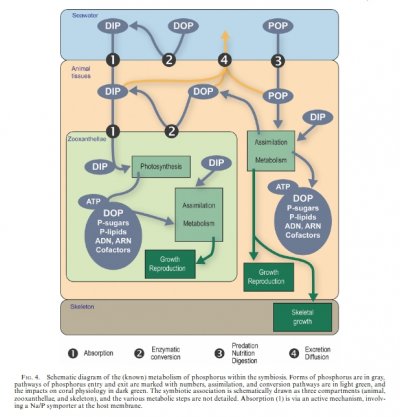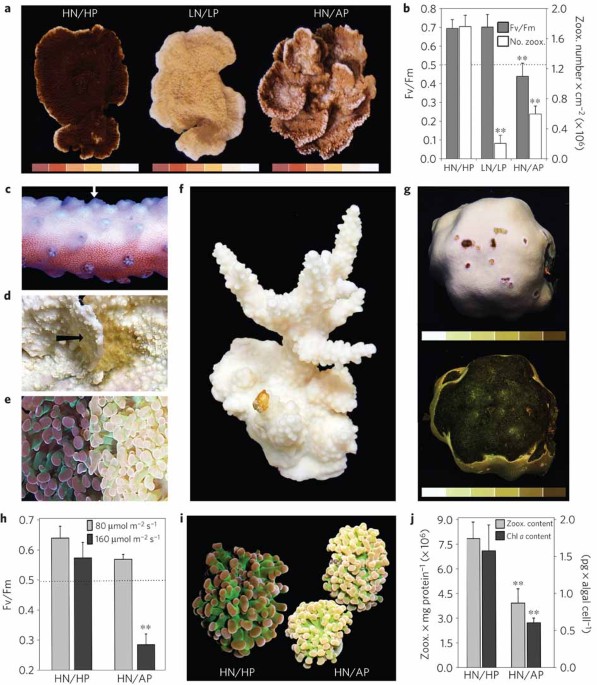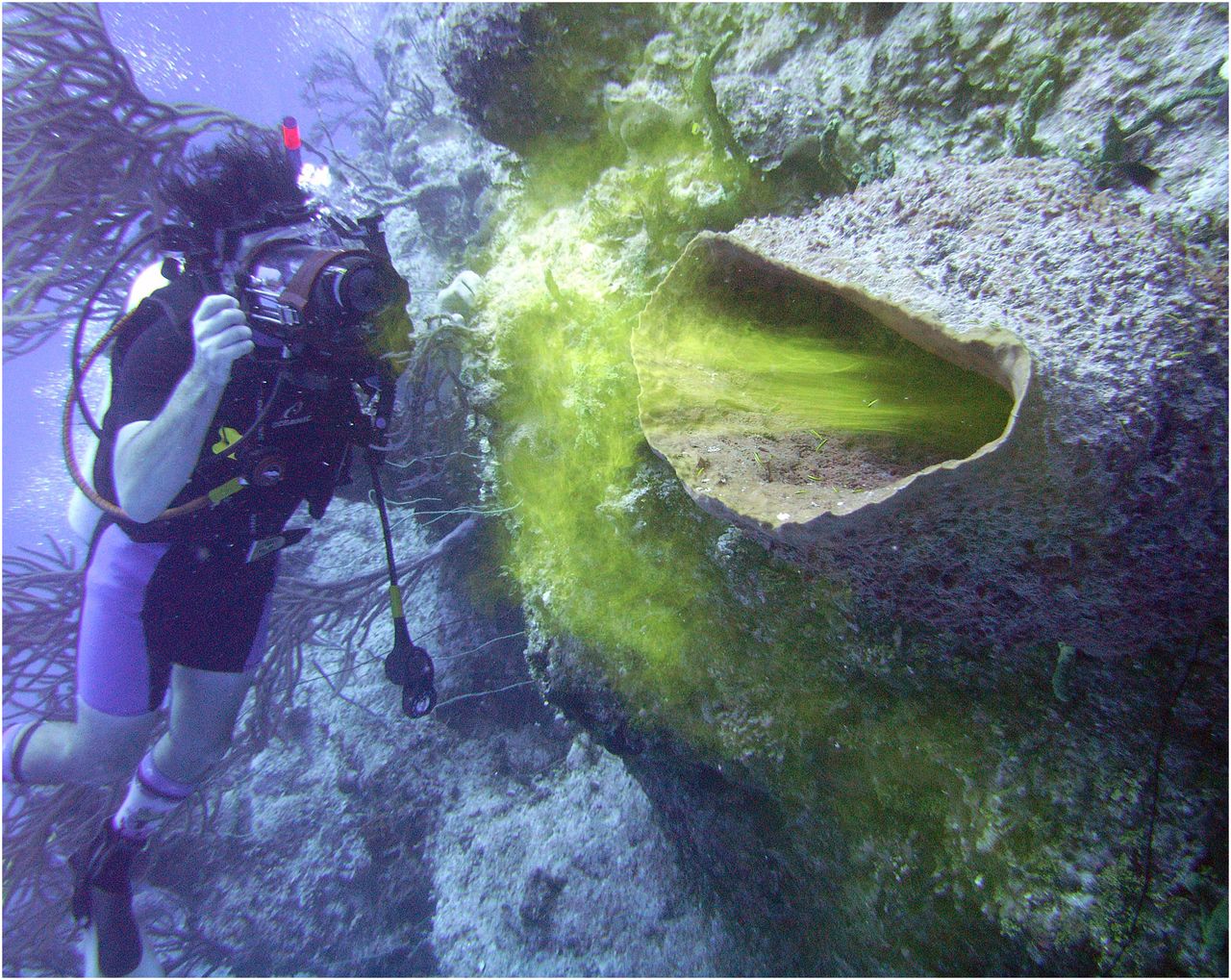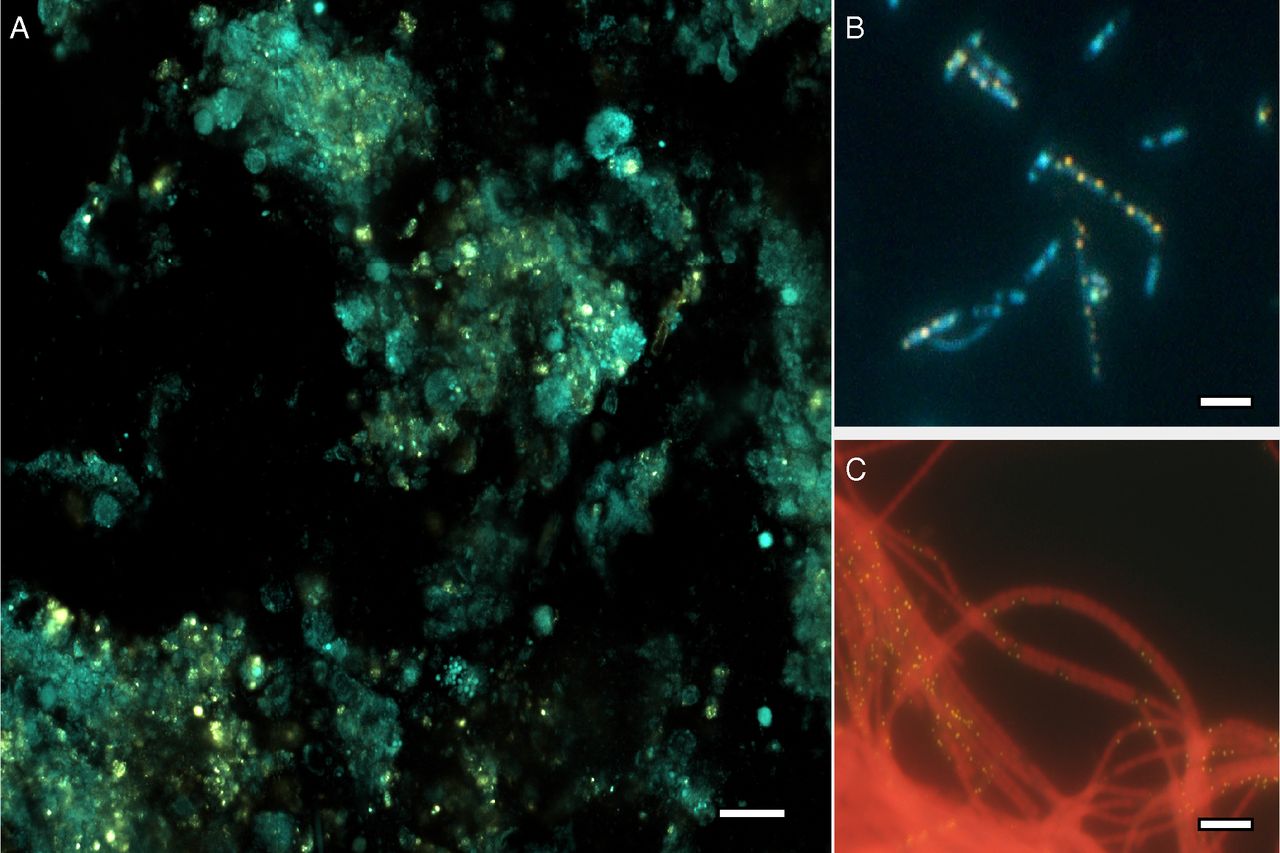- Joined
- Jun 18, 2018
- Messages
- 347
- Reaction score
- 82
I'm winning a long battle against GHA.
I think my issue is high phosphate. I've been using Phosphate RX to remove it which has turned the tide.
My question and issue is, when I test phosphates I get a near 0 reading. I believe because the GHA is using the Phosphate up.
How can I test what my Phosphate would be before algae consumes it?
I think my issue is high phosphate. I've been using Phosphate RX to remove it which has turned the tide.
My question and issue is, when I test phosphates I get a near 0 reading. I believe because the GHA is using the Phosphate up.
How can I test what my Phosphate would be before algae consumes it?





















